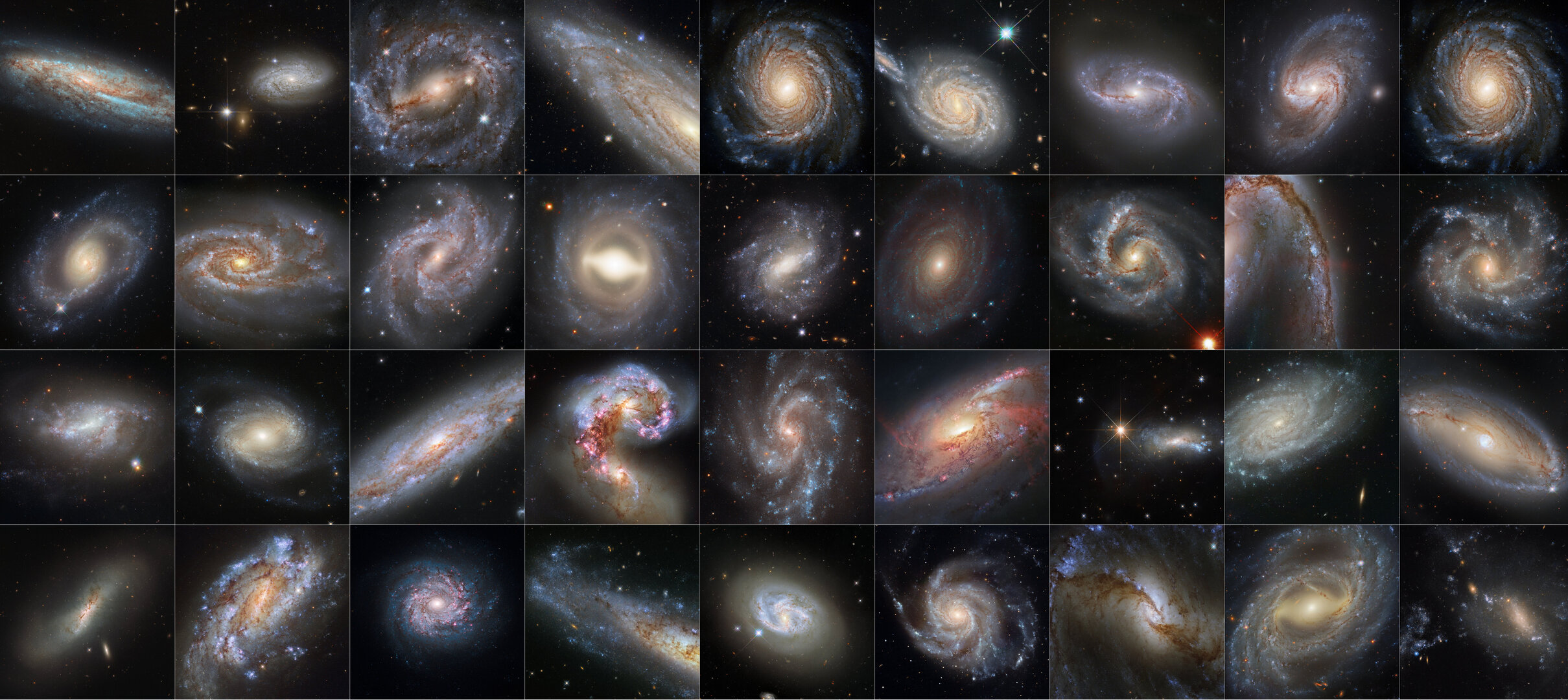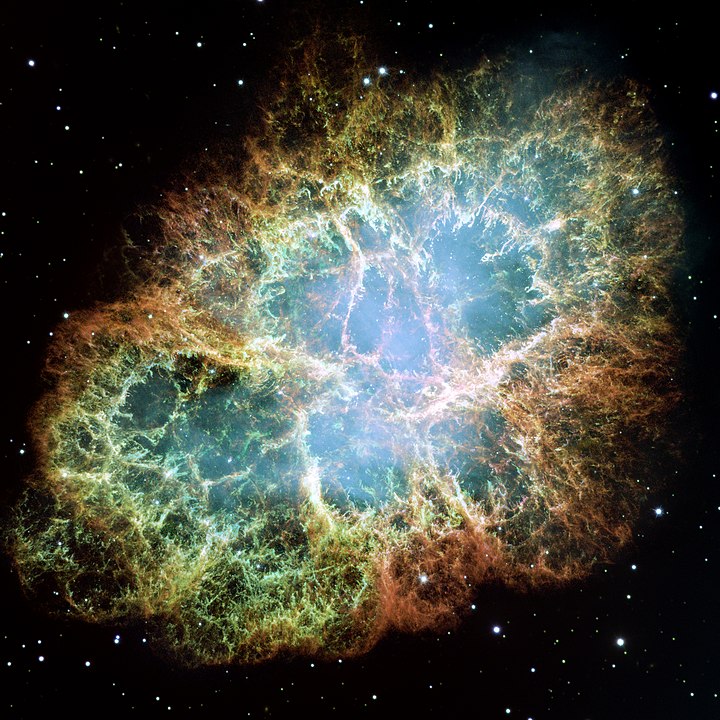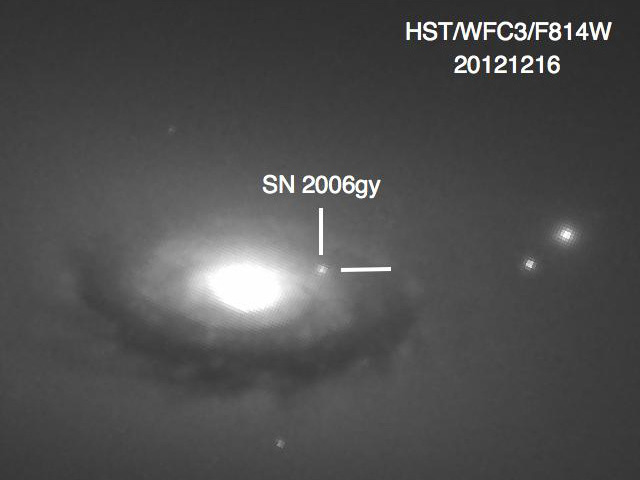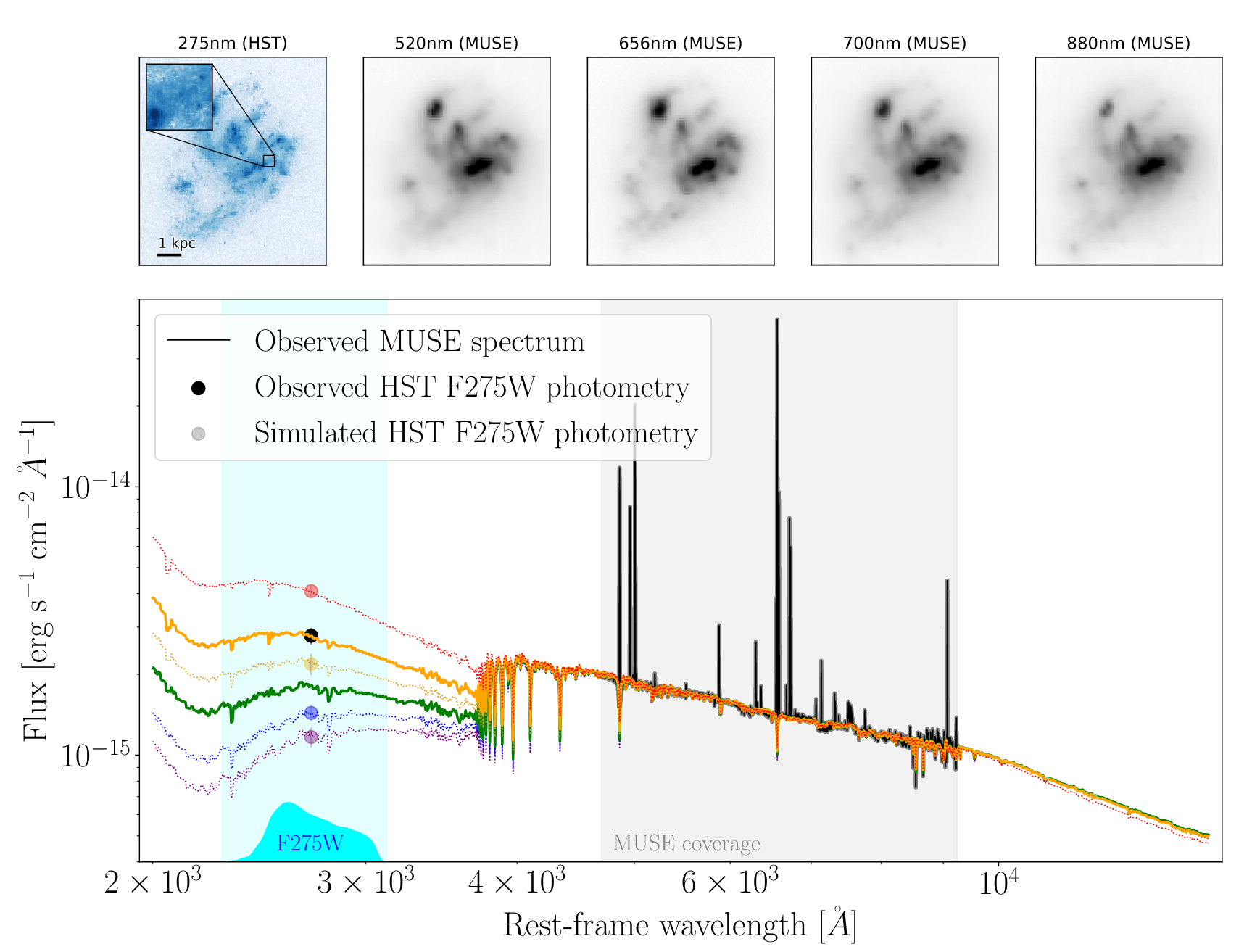PhD project Oct 2024

The explosion environments and host galaxies of Supernovae
PhD opportunity starting Oct 2024
Supervisor/Contact info: Dr Joe LymanLink opens in a new window
Anticipated start date: October 2024
Application information: click hereLink opens in a new window

Background
Supernovae have shaped the Universe around us. They are the luminous explosions marking the end of stars and inject significant amount of heavy elements and kinetic energy into their surroundings. The heavy elements released form the basis of the next generation of stars and planets (and ultimately life), whilst the kinetic energy regulates and shapes the dynamical evolution of galaxies.
Despite their importance, we still do not have a robust understanding of how the nature of the progenitor stars produce the wide diversity of supernovae we are discovering. A deeper knowledge of this supernova-progenitor connection is needed for a full understanding of stellar evolution, and to exploit supernovae as cosmic beacons in the Universe.
This project will probe the supernova-progenitor connection by studying the local stellar populations surrounding historical supernovae using exquisite imaging and spectroscopy of their explosion environments. We will use the local stellar population as a proxy to help us understand the nature of the progenitor itself.

Superluminous Supernovae
Superluminous supernovae (SLSNe; figure) are a recently-discovered new type of supernova with competing, exotic models for their formation, from magnetar production, to the collapse of the most-massive stars. As the name suggests, they are many times more luminous than other supernova types and could represent the next step for supernova cosmology after the famous Type Ia supernovae.
A large programme led by Dr. Lyman to observe up to 130 superluminous supernova host galaxies is underway with the Hubble Space Telescope. You will use these data to analyse the host galaxies and locations of this mysterious new breed of supernova in order to discriminate between competing explosion models.

Core-collapse Supernovae
How the metallicity or multiplicity of a massive star progenitor effects the resultant core-collapse supernovae type is an area of active study. A key diagnostic is the age of the supernova progenitor star upon explosion - its so-called delay time.
To determine the ages of supernova progenitors requires comprehensive data sets of their environments to break degeneracies between age, extinction and metallicity. You will combine state-of-the-art integral-field spectroscopy data of CCSN host galaxies taken by the Very Large Telescope/MUSE instrument, with new Hubble Space Telescope ultraviolet imaging (figure), to produce and analyse a dataset capable of properly investigating for the first time the delay time distribution for CCSNe.

Supernova aftermaths
Supernovae leave behind exotic objects in their aftermath. These include not only the supernova remnant but also compact objects such as neutron stars and magnetars. These compact objects are high-velocity objects in the galaxy, havinnnnng being kicked during their formation by a supernova.
Studying the Galactic populations of such compact objects can reveal clues as to their origins, and so tell us about the nature of supernovae that gave rise to them. Combining the equiusite astrometric accuracy of the Gaia mission, with Hubble Space Telescope data allows us to determine the proper motion of source and trace their origins back to supernova remnants (figure), as well as understand the magnitude of the kick they received during the supernova explosion.
